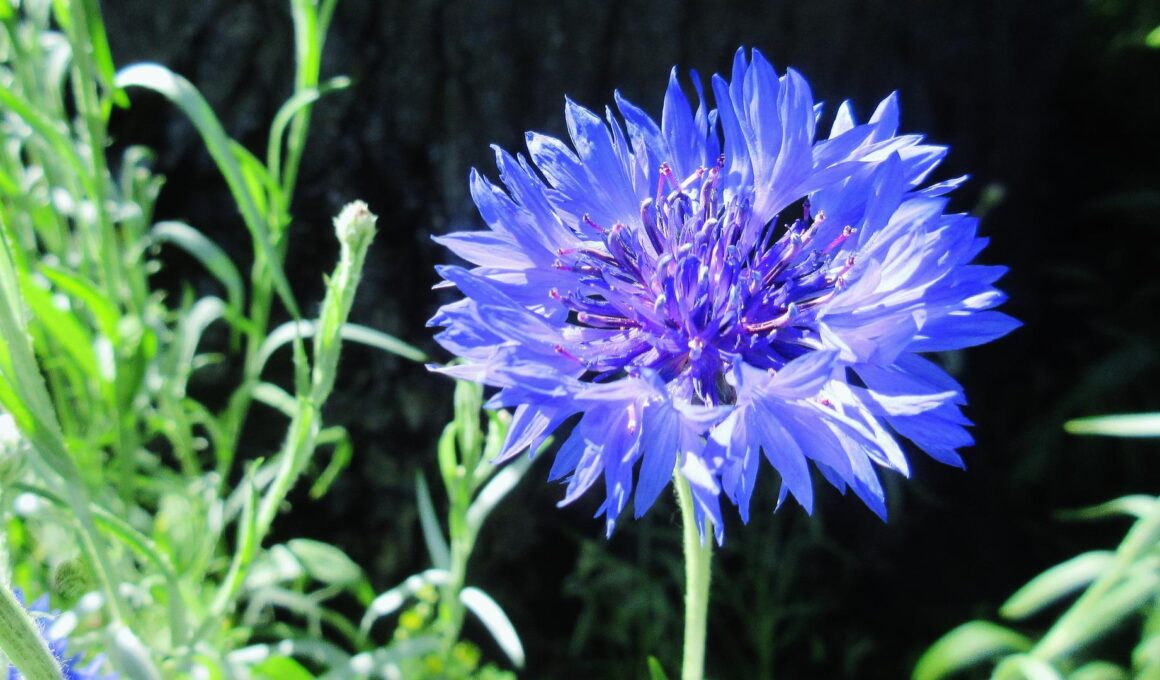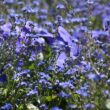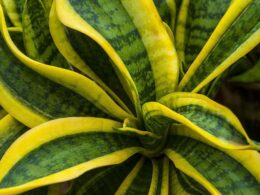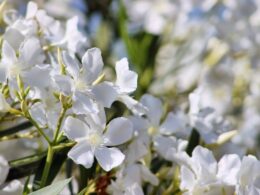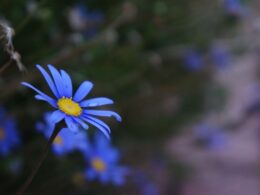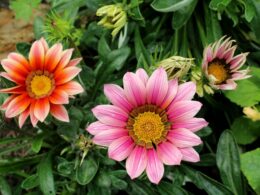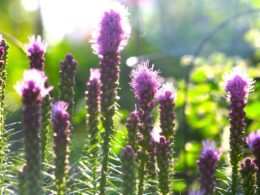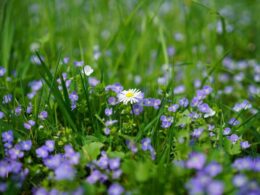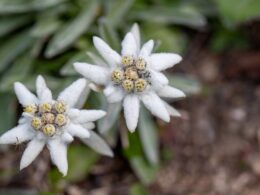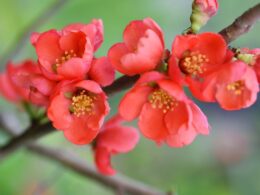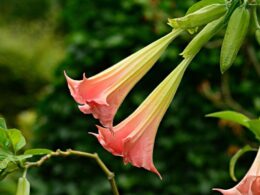If you’re looking for some help identifying these flowers, or want to learn more about their history and care instructions, keep reading. We’ve got all the information you need about a bachelor button flower right here!
Bachelor Button Flower – General Information
Bachelor buttons are one of the most popular flowers in the world. They are known for their beautiful blue color and their unique shape. The bachelor button flower, or cornflower, is also known by its scientific name, Centaurea cyanus.
Bachelor buttons are native to Europe, but they have been cultivated all over the world. In the wild, they can be found in meadows, fields, and woods. They grow best in full sun and well-drained soil.
Bachelor buttons are annual plants, which means they only live for one growing season. They typically bloom in the spring or summer. The petals are usually bright blue, but they can also be white, pink, or purple.
The bachelor button flower has a long history. It was used as a symbol of love in Ancient Greece and Rome. In the Middle Ages, it was thought to bring good luck. Today, it is often given as a gift and used at weddings.
When to Plant Bachelor Button Flower. Soil & Sunlight Needs
Bachelor button flowers are best planted in the spring, after all danger of frost has passed. The soil should be well-drained and rich in organic matter. Full sun is best for optimal flower production, but these plants will also tolerate partial shade.
To plant, simply dig a hole that is twice as wide as the root ball and just deep enough to accommodate the roots. Gently loosen the roots and place the plant in the hole, making sure that the crown (where the roots meet the stem) is level with or slightly above the soil surface. Fill in around the roots with well-draining soil, tamping gently as you go to remove any air pockets. Water well to settle the bachelor button flower roots into their new home.
Bachelor Button Flower: Watering, Fertilizing and Pruning
Bachelor button plants are relatively low-maintenance and easy to care for. They will need to be watered regularly, especially during hot, dry weather. Be sure to apply a thick layer of mulch around the plants to help retain moisture and keep the roots cool. Fertilize with a general-purpose fertilizer once or twice during the growing season.
These plants are fairly drought tolerant once established, but they will produce more flowers if given consistent moisture. Deadheading (removing spent flowers) will encourage the plant to produce more blooms. Bachelor buttons self-seed readily, so you may find new seedlings popping up in unexpected places. You can control this by deadheading regularly or by removing any unwanted seedlings as soon as you see them.
With proper care, a bachelor button flower will bloom profusely from early summer until the first frost. These cheerful flowers make a great addition to any garden and are also excellent cut flowers. So, why not give them a try in your own garden this year?
Cornflower: Propagation
A bachelor button flower is an annual that grows in the spring and summer. They need full sun and well-drained soil to thrive. You can plant them directly in the ground after all danger of frost has passed, or start them indoors 6-8 weeks before your last expected frost date. Bachelor buttons are not very tolerant of transplanting, so it’s best to start them in their final location.
To plant bachelor buttons, dig a hole that is twice as wide as the root ball and just deep enough to cover the roots. Amend the soil with compost or manure if it is poor quality. Gently loosen the roots and place the plant in the hole. Backfill with soil and water deeply. Apply a thin layer of mulch to help retain moisture.
Germinating Bachelor Buttons From Seeds
These blue flowers are one of the easiest flowers to grow from seed. They can be started indoors or outdoors, and they don’t require much special care.
The best time to plant bachelor button flower seeds is in the spring, after the last frost date. You can sow bachelor button seeds directly into the ground, or start them indoors and then transplant them later, after their germination.
Bachelor buttons need full sun to grow well. They also prefer a rich, well-drained soil. If your soil is heavy or clay-like, mix in some sand or organic matter to improve drainage.
Are Bachelor Buttons Invasive?
Bachelor buttons, also known as cornflowers, are annual flowers that are easy to grow and make excellent cut flowers. They come in a variety of colors including blue, pink, purple, and white. While they are not technically considered invasive, they can self-seed quite easily and may take over your garden if you’re not careful.
Cornflowers – Pests and Diseases
The bachelor button flower is generally resistant to pests and diseases, but there are a few things to watch out for. Aphids can sometimes be a problem, particularly early in the season. These small insects can suck the sap from plants, causing them to become weak and stunted. Additionally, powdery mildew can also affect bachelor buttons. This fungal disease appears as white or gray powder on the leaves and stems of plants. It can cause the leaves to yellow and drop off, and in severe cases can kill the plant.
To prevent problems with pests and diseases, it’s important to give cornflower plants plenty of room to grow. Good air circulation will help to reduce the chances of developing a disease. Additionally, keeping the area around the plants free from weeds will also help, as weeds can harbor pests and diseases.





